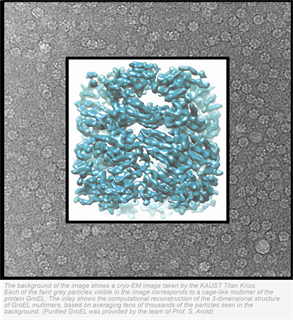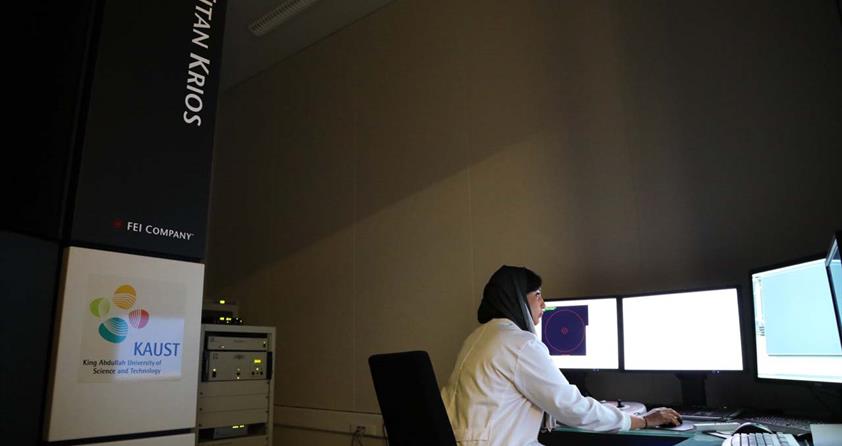Congratulations to Jacques Dubochet, Joachim Frank and Richard Henderson, the winners of this year’s Nobel Prize in Chemistry. The prize was awarded for their work in developing “cryo-electron microscopy for high resolution structure determination of biomolecules in solution”. This trio pioneered the development of ‘single-particle cryo-electron microscopy’, a technique that has, since 2014, revolutionized the imaging of three-dimensional (3D) structures of complex proteins and nucleic acids at near atomic resolution. Central to the ‘resolution revolution’ of this technique, recognized as Method of the Year 2015 by Nature, are three components: a vitrification method for preserving fragile biomolecules; an algorithm to produce clear 3D structures and the recent technological breakthrough in direct electron detection. Combined, these advances now allow cryo-electron microscopy capture images at the highest resolution possible, providing unprecedented insights into the function of complex biomolecules.

The Imaging and Characterization Core Lab at KAUST houses a suite of electron microscopes, including a colossal cryo transmission electron microscope (cryo TEM), the Titan Krios. In July 2017 a direct electron detector was installed. This upgrade, in addition to our existing outstanding X-ray crystallography and NMR spectrometry facilities, has put KAUST at the fore front of the technological advances crucial to supporting pioneering biomolecular research. At KAUST,Associate Professor Stefan Arold is leading the investigations into structural analysis of complex proteins and nucleic acids, while Associate Professor Xin Gao has great interest in the development of novel computational algorithms to accelerate and potentiate cryo-electron microscopic structural analysis. Both are currently working closely with the core lab team to establish protocols for using of this fantastic system to its full potential.
At the KAUST Core Labs we continuously push the limits of our technologies to maximize the services we offer our users. Our long-term partnership withThermo Fisher Scientific, the leading electron microscopy technology developer, culminated in May 2017 with the establishment of the KAUST – Thermo Fisher Scientific Center of Excellence in Electron Microscopy. This initiative provides a platform for early access to the latest technological advances and enables a mutually beneficial interaction between users and the manufacturer. As a result, the Imaging and Characterization Core Lab at KAUST offers a unique research environment central to establishing KAUST’s leading role in researching the most complex biological processes at an atomic resolution.
A crucial part of the Core Labs educational mandate is to provide instrument training for our users. Training programs, including programs applicable to our cryo TEM, are run throughout the academic year. These courses are open to the entire KAUST academic community, their collaborators and industrial partners. Please contact the Electron Microscopy Lab in the Imaging and Characterization Core Lab for further details.
Related stories
- 2017 Nobel Prize in Chemistry
- KAUST and Thermo Fisher Scientific Open Center of Excellence in Electron Microscopy

